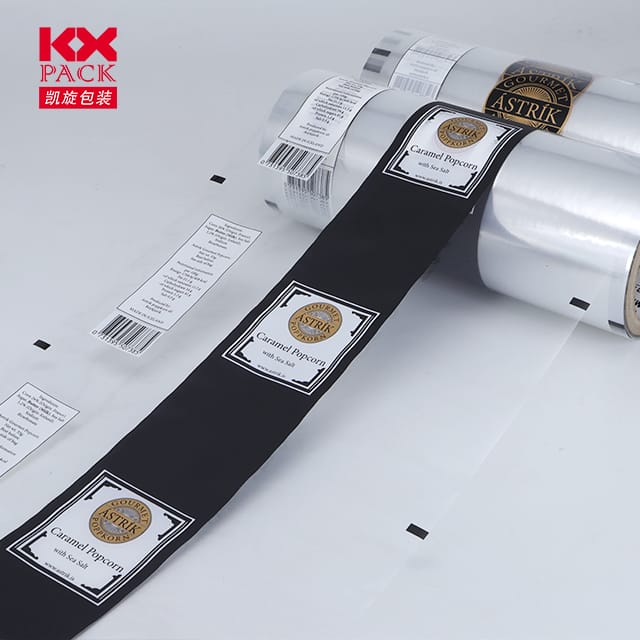The Double-Edged Sword of Plastic Films in Food Packaging: Удобство против. Устойчивость
Plastic Films
In supermarkets worldwide, plastic films wrap everything from fresh produce to pre-cooked meals, ensuring freshness and extending shelf life. Еще, Поскольку экологические проблемы, these transparent, versatile materials face scrutiny. Let’s explore the role of plastic films in food packaging, their benefits, drawbacks, and the innovations shaping a greener future.
1. Why Plastic Films Dominate Food Packaging
Plastic films—thin layers of polymers likeполиэтилен (ЧП), полипропилен (ПП), and polyvinyl chloride (ПВХ)—are ubiquitous for good reason:
- Preservation Power: They act as barriers against oxygen, влага, и загрязняющие вещества, slowing spoilage. Например, modified atmosphere packaging (Карта) uses plastic films to regulate gas levels, keeping strawberries fresh for weeks.
- Cost-Effectiveness: Producing plastic films is cheaper than alternatives like glass or metal, making them ideal for mass-market goods.
- Lightweight and Flexible: Their malleability allows custom shapes for snacks, meats, and cheeses, reducing material waste compared to rigid packaging.
- Прозрачность: Clear films let consumers inspect products without opening them, boosting trust and reducing food waste from damaged goods.
2. Экологический повод: A Crisis in the Making
Despite their advantages, plastic films contribute significantly to global pollution:
- Одноразовое доминирование: Over 80% of plastic films are used once and discarded, оказаться на свалках или океанах. А 2022 study found that plastic packaging accounts for 46% of global plastic waste, with films being a major culprit.
- Проблемы утилизации: Most films are non-recyclable due to contamination (НАПРИМЕР., food residue) or mixed materials (НАПРИМЕР., PE combined with adhesives). Только 4% of plastic films are recycled in the U.S., per the EPA.
- Микропластическая угроза: Degraded films break into microplastics, infiltrating ecosystems and even human bodies. Research suggests the average person ingests 5 grams of microplastics weekly—equivalent to a credit card.
3. Innovations Redefining Plastic Films
The industry is pivoting toward sustainability through these breakthroughs:
- Biodegradable Alternatives:
- Polylactic acid (Плата): Derived from corn starch, PLA films decompose in industrial composters within 90 дни. Бренды любят NatureWorks are using PLA for fresh salads and sandwiches.
- Cellulose-based Films: Made from plant fibers, these films are edible and home-compostable. Компании, как TIPA offer compostable wraps for granola bars and coffee pods.
- Усовершенствованные технологии переработки:
- Химическая переработка: Processes like pyrolysis break down mixed plastics into raw materials for new films. Nestlé and Danone are investing in this tech to recycle flexible packaging.
- Enzymatic Breakdown: Startups like Carbios use enzymes to depolymerize PET films into reusable monomers, closing the loop.
- Smart Films for Extended Shelf Life:
- Активная упаковка: Films infused with поглотители кислорода или Антимикробные агенты (НАПРИМЕР., silver nanoparticles) can double the lifespan of perishables like meat and cheese.
- Edible Coatings: Thin layers of chitosan (from shellfish) или beeswax create breathable barriers, reducing reliance on synthetic plastics.
4. Дорога впереди: Balancing Practicality and Planet
While innovations are promising, systemic changes are needed:
- Policy Push: Governments must enforce extended producer responsibility (Епр) laws, requiring brands to fund recycling infrastructure. The EU’s Директива об одноразовых пластмассах bans non-compostable films by 2030.
- Consumer Behavior Shifts: Educating shoppers to opt for reusable containers or bulk purchases can cut film use. Zero-waste stores, which allow customers to fill their own jars, набирают обороты.
- Industry Collaboration: Initiatives like the New Plastics Economy Global Commitment unite 500+ companies to eliminate problematic plastics and boost recycled content in films.
Заключение: Rethinking the “Wrap” on Food Packaging
Plastic films are a testament to human ingenuity—protecting food, сокращение отходов, and enabling global food trade. Еще, their environmental cost demands urgent action. Принимая биоразлагаемые материалы, investing in recycling tech, and redesigning systems for circularity, we can preserve both convenience and the planet.
Next time you unwrap a snack, Спросите себя: Could this film be part of the solution, not the problem? Share your sustainable packaging hacks in the comments! 🌍🍴




